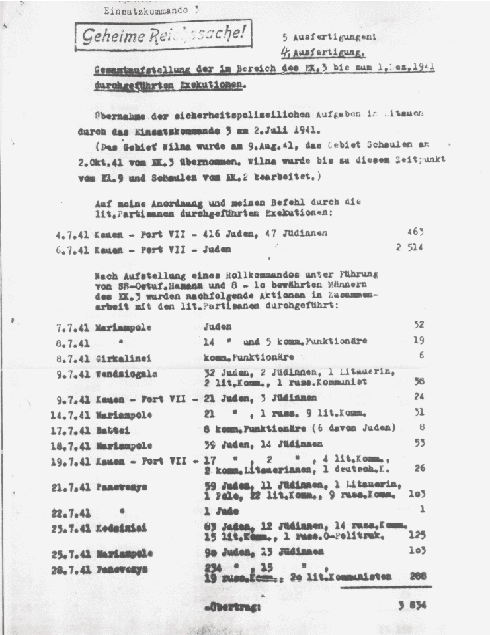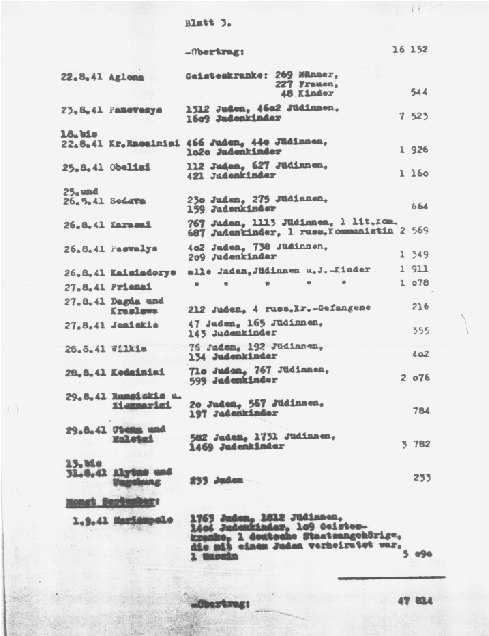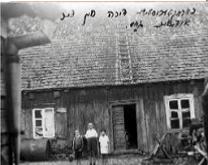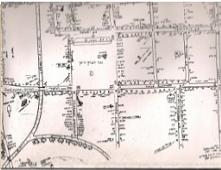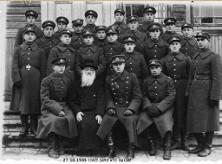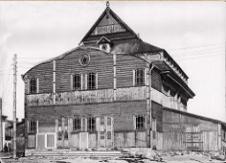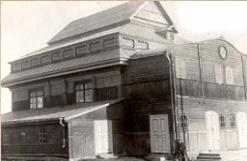German Documents
VILKAVISKIS
A small town in Southern Lithuania
Where the Jewish Community is no more
The Commander of the
Security Police and the SD
Einsatzkommando 3 Kauen, December 1, 19411
Secret Reich Matter! 5 copies
4thcopy
Complete tabulation of executions carried out in the Einsatzkommando 3 zone up to December 1, 1941
Take-over of the security police tasks in Lithuania by Einsatzkommando 3 on July 2, 1941
(Einsatzkommando 3 took over the Vilnius area on August 9, 1941 and the Schaulen area on October 2, 1941. Up to this time, Einsatzkommando 9 handled Vilnius and Einsatzkommando 2 handled Schaulen.)
(Executions carried out by Lithuanian partisans on my instructions and under my command:
July 4, 41 Kauen - Fort VII - 416 Jews, 47 Jewesses2 463
July 6, 41 Kauen - Fort VII - Jews 2,514
Following deployment of a raiding commando under the leadership of SS First Lieutenant Hamann and 8 to 10 reliable men from Einsatzkommando 3, the following operations were carried out in collaboration with Lithuanian partisans: I can state today that the goal of solving the Jewish problem for Lithuania has been achieved by Einsatzkommando 3. In Lithuania, there are no more Jews, other than the Work Jews, including their families. They are:
In Schaulen around 4,500
In Kauen " 15,000
In Wilna " 15,000
I also wanted to kill these Work Jews, including their families, which however brought upon me acrimonious challenges from the civil administration (the Reichskommisar) and the army and caused the prohibition: the Work Jews and their families are not to be shot! The goal of making Lithuania free of Jews could only be attained through the deployment of a raiding commando with selected men under the leadership of SS First Lieutenant Hamann, who completely and entirely adopted my goals and understood the importance of ensuring the co-operation of the Lithuanian partisans and the competent civilian positions. The implementation of such activities is primarily a question of organization. The decision to systematically make every district free of Jews necessitated an exhaustive preparation of each individual operation and reconnaissance of the prevailing circumstances in the applicable district. The Jews had to be assembled at one or several locations. Depending on the number, a place for the required pits had to be found and the pits dug. The marching route from the assembly place to the pits amounted on average to 4 to 5 kilometers. The Jews were transported to the place of execution in detachments of 500, at intervals of at least 2 kilometers. The attendant difficulties and nerve-wracking activity occasioned in doing this are shown in a randomly selected example: In Rokiskis, 3,208 people had to be transported 4.5 kilometers before they could be liquidated. To accomplish this task in 24 hours, more than 60 of the 80 available Lithuanian partisans had to be allocated for transportation and cordoning off duty. �
